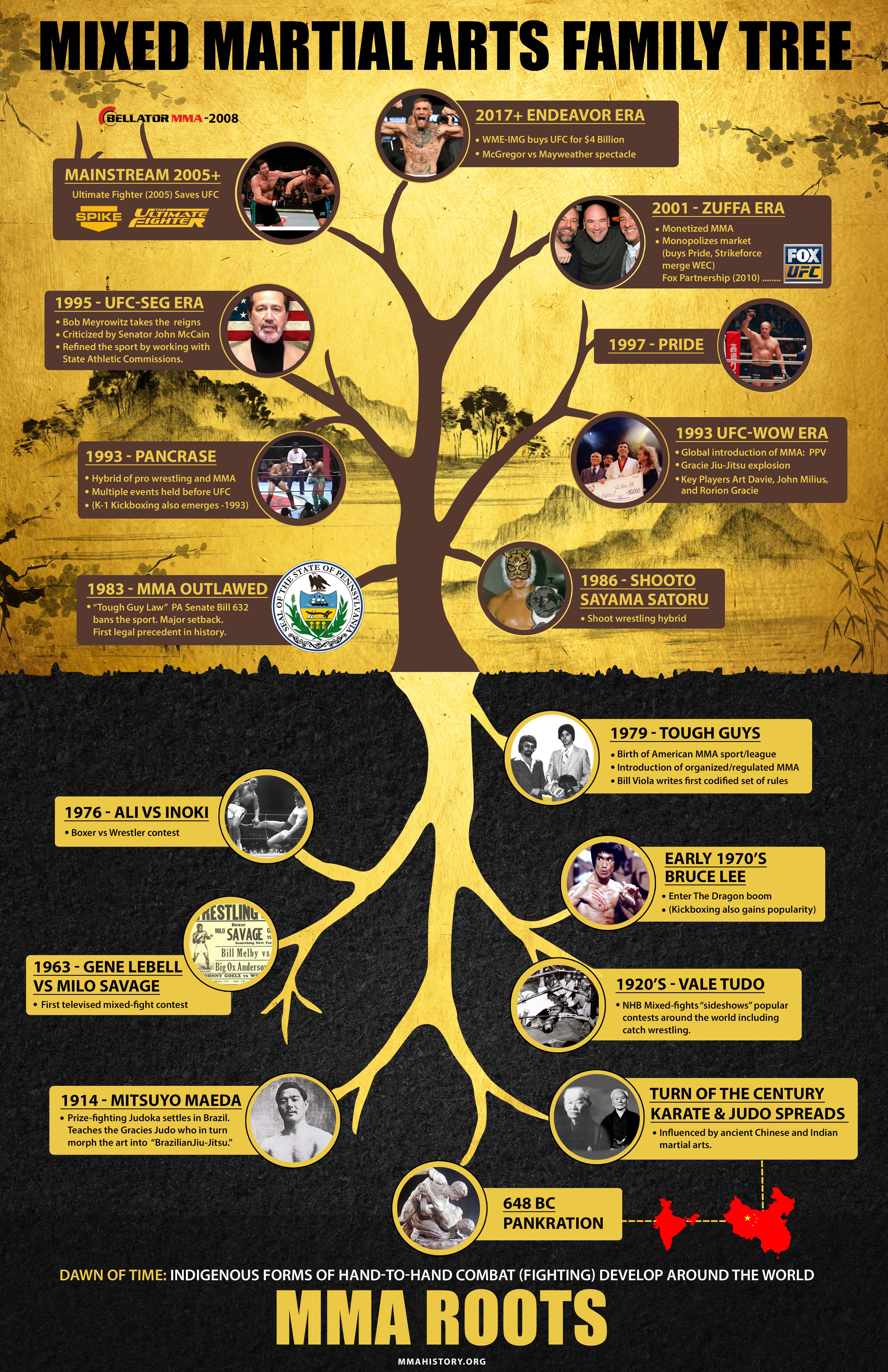Understanding The Basic Distinctions In Between Traditional Martial Arts And Modern Battle Sports
Understanding The Basic Distinctions In Between Traditional Martial Arts And Modern Battle Sports
Blog Article
Article Developed By-Keith Snedker
When you think of martial arts, do you lean more towards the conventional methods or the contemporary fight sporting activities? Each course uses unique advantages and experiences, formed by their philosophies and training methods. Typical martial arts stress personal development and self-control, while modern battle sports concentrate on competition and performance. Understanding these differences can assist you in selecting the right strategy for your journey. However exactly how do these distinctions materialize in training and approach?
The Philosophy and Background Behind Traditional Martial arts
While many individuals associate martial arts with physical battle, the philosophy and background behind standard martial arts run much deeper. You'll locate that these self-controls stress personal development, technique, and respect.
Originating from old practices, traditional martial arts were commonly established for Self-Defense and spiritual advancement. martial arts vs kickboxing embody principles such as equilibrium, consistency, and self-control, assisting experts past mere combating skills.
As https://bronx.news12.com/martial-arts-class-in-goshen-specializes-to-help-nonbinary-and-transgender-teens train, you'll not only find out strategies but likewise gain insights right into the culture and worths that shaped these arts. The routines and customs, commonly given via generations, cultivate a sense of area and belonging.
The Affordable Nature of Modern Fight Sports
Modern fight sporting activities have actually transformed the landscape of martial arts right into an extremely competitive field, where athletes challenge in a test of skill, approach, and endurance.
You'll discover that competitors are often organized with strict regulations and policies, guaranteeing fair game and safety and security. These events bring in big audiences, sustaining the enjoyment and intensity of competitions.
what martial art should i do train rigorously, not just for physical prowess but additionally for psychological toughness, recognizing that every detail counts in the ring. The adrenaline thrill throughout competitors is apparent, as competitors press their limits to claim success.
Followers value the athleticism and virtuosity included, making modern-day combat sporting activities a thrilling spectacle that remains to advance and captivate enthusiasts around the world.
Training Methods and Techniques: A Relative Evaluation
The affordable environment of modern-day fight sports demands innovative training approaches that vary significantly from standard martial arts.
In modern-day training, you'll focus on details strategies, sparring, and conditioning, frequently using drills that replicate real fight scenarios. You'll see a focus on quantifiable performance and frequent competition to analyze your skills.
In contrast, conventional martial arts focus on types, katas, and thoughtful trainings, typically emphasizing self-control and respect over competitors.
Training is usually less extreme and might involve recurring practice as opposed to real-time sparring.
While both techniques develop ability and physical fitness, modern-day combat sporting activities give a more dynamic and adaptable training setting, preparing you for prompt challenges in the ring or cage.
Pick the path that aligns with your objectives and interests.
Conclusion
In picking in between typical martial arts and modern battle sports, it truly boils down to what you value many. If you're seeking individual growth, discipline, and a feeling of neighborhood, traditional arts may be your best fit. However if you grow on competitors and real-time challenges, modern-day battle sporting activities could be the method to go. Ultimately, both paths provide distinct benefits, so it's all about aligning your training with your individual objectives and interests.
